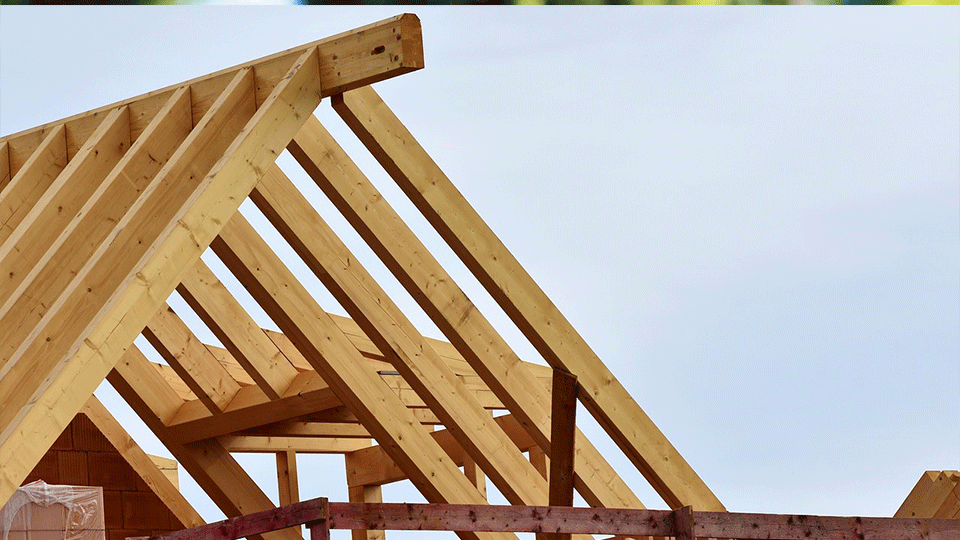

Safety shoes, a major constituent of Personal Protective Equipment (PPE), serve a foundational role in safeguarding the welfare of workers in a plethora of industries. However, their effectiveness and suitability are contingent on their conformance to designated safety standards and certifications. These norms have been instituted by a range of regional and international regulatory bodies. In this encompassing guide, we delve deeper into the myriad global safety standards applicable to safety shoes.
In the United States, safety shoes adhere to the benchmarks established by ASTM International (American Society for Testing and Materials) and enforced by the Occupational Safety and Health Administration (OSHA). Notably, the U.S standards like ANSI Z41-1999 and ASTM F2412-11 and F2413-11 dictate several critical parameters of safety – including impact resistance, compression resistance, metatarsal protection and more. It's vital to understand these requirements to ascertain how well a pair of safety shoes would guard against on-the-job accidents.
Contrastingly, within the geographical bounds of Europe, safety footwear is regulated under EN ISO 20345. This ISO standard lays out the primary criteria for safety shoes like a 200-joule toe cap, which is a prominent measure of the shoe's protective strength. This ISO standard also delves into additional requirements for other important attributes such as energy absorbency, water resistance, conductive or anti-static properties, which come into play under various environmental conditions.
Beyond the U.S and EU, many regions worldwide stipulate local standards. These generally align with either ASTM or the European EN ISO, occasionally with added regional specifications. For example, Canada abides by CSA Z195-14 and Australia/New Zealand follow the AS/NZS 2210.3:2009 standard. It's important to remember that these region-specific norms enhance the existing standards, making them more appropriate to the local conditions or industry-specific hazards.
In alignment with the various safety standards and certifications, safety shoes undergo rigorous testing. This can involve procedures like applying force to the toe cap and puncture resistance testing of the soles or may involve tests for heat/cold insulation, electrical conductivity and more. Even though the exact procedures may vary, all these tests serve a unified purpose – ensuring that the safety footwear provides maximum protection against work-related hazards. These tests ensure the ruggedness of safety shoes and their ability to withstand extreme pressure or force. The tests also determine the shoes' efficacy against electrical hazards and their resistance to heat or cold, thereby offering assurance of protection across diverse environments or working conditions.
WhileWhile adherence to safety standards is essential, it's also crucial to remember that the effectiveness of a safety shoe also relies on its fit, comfort, and durability. A shoe that fits well will not limit a worker's movement or cause discomfort that might lead to wear-related injuries. Comfortable safety shoes ensure that workers keep them on, which is necessary for the shoes to provide any protection. Finally, durable safety shoes will provide reliable service for a reasonable period before they need to be replaced.
In conclusion, it's essential unions, employers, safety officers and workers not just understand but also prioritize the importance of safety standards and certifications when selecting safety shoes. Meeting these standards represents an investment in the well-being and safety of a company's most valuable asset – its employees. Ultimately, these insights aim to reinforce the realization that conforming to global safety standards and certifications is key in making an informed decision when choosing safety shoes, for this decision bears directly upon the safety of workers on the job.